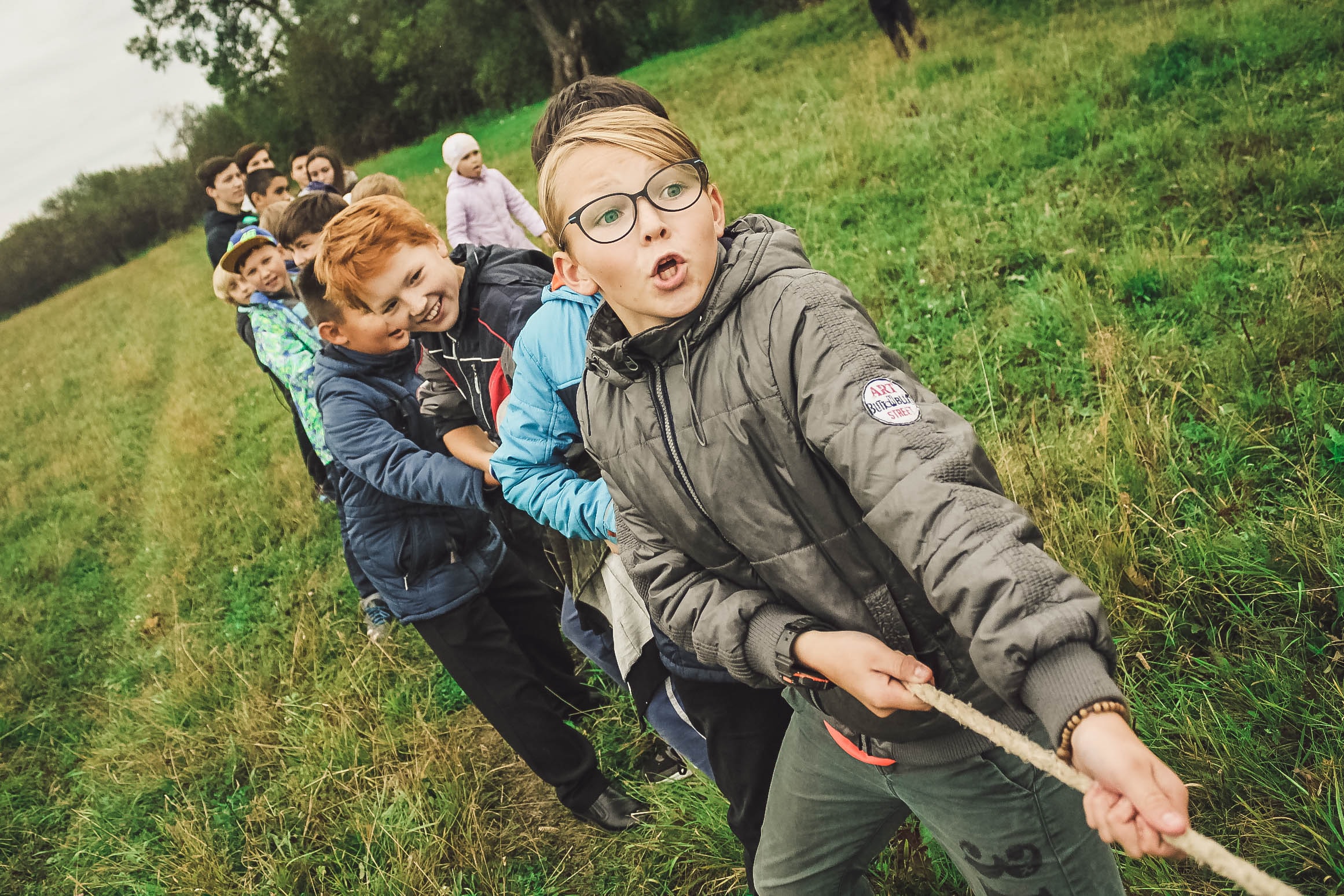My Mom had just died. I was devastated. Heartbroken. Hurting. Getting out of bed and dragging myself to work took every ounce of strength I could find. My students needed me, and I knew I needed them.
That first day I returned to work, I got just what I needed. On the door of my office was a large poster covered in sympathies, condolences, well wishes, and most of all, LOVE, from my college students.
It has been over 14 years since my mother’s passing and 12 years since I taught in the college classroom, yet this moment keeps me deeply connected to the memory and to many of the students. It is what gave me the fortitude to show up to work, day after day, in the middle of my grief.
Humans in the workplace need relatedness in times of difficulty. They also need it to be motivated. The Self-Determination Theory tells us it is one of the three psychological needs of employee motivation.
THREE WAYS RELATEDNESS IS CREATED
Connection. Employee commitment rises when an employee feels connected to who they work with and work for. True connection begins with clear shared purpose (i.e., goal, mission, vision, objective, or values): a purpose that every team member or employee understands and supports. Once this happens, employees become tethered and loyal, and the connection can be strengthened with frequent, transparent communication.
Caring. Show kindness and concern (a.k.a. Generosity G Factor). A 2015 study, Making a Difference in the Teamwork: Linking Team Prosocial Motivation to Team Processes and Effectiveness, found evidence that kindness and caring DOES POSITIVELY IMPACT both team processes and effectiveness. How can you make this happen? Here are a few ideas:
- Initiate a real conversation: ask questions and listen
- Be sensitive to others’ timelines
- Write a note to a coworker to let her/him/them know you care
- Start a collection for a coworker in need
Belonging. No one wants to be the proverbial kid who is chosen very last for a team in gym class (oh boy, the flashbacks I am having right now of name after name being called until “Jeannette” was the only name left). Employees don’t like to be left out either. When they feel “I matter”, belonging springs to life. Of course, Maslow’s Hierarchy of Needs tells us that humans need their survival needs (physiological and safety) met first and foremost; however, belonging is next in line. So, find out what is going on in your employee’s worlds. What do they need? Give your employee’s a voice–really hear them–to build a strong sense of belonging.
One important note I haven’t mentioned yet – relatedness is a two-way street. It is what we give (as you see above). It is also what we get. Be a gracious receiver of connection, caring, and belonging.
YOUR TURN
- What is your team’s purpose?
- Ask each employee if they know.
- Do your employees agree?
- If not, clarify and build purpose into your meetings, vernacular, and culture.
- Send each employee a personalized message that expresses kindness or supportive concern.
- Find out what your employees need right now to be successful.
- Ask
- Listen
- Deliver [see Key Psychological Needs of Employee Motivation (2 of 3)]
For more on this topic:
Key Psychological Needs of Employee Motivation (1 of 3)
What employees can’t live without









Leave A Comment